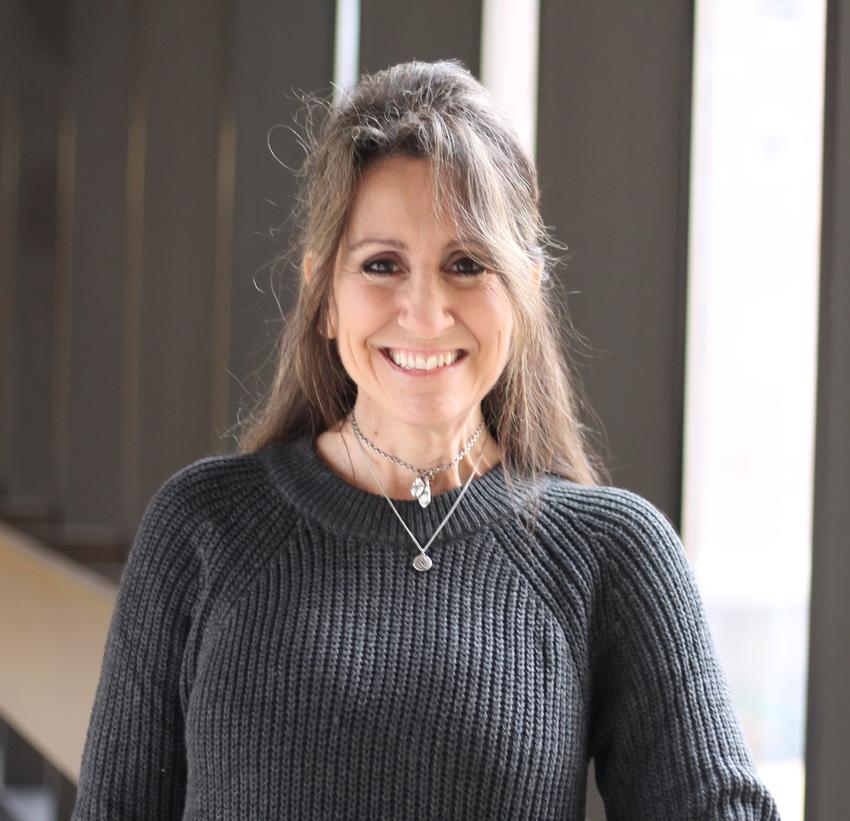Facial pain is invisible, yet life altering for many

Interprofessional Approach to Diagnosis and Treatment is Key
Tamara Doege felt hope slipping away after three years of debilitating facial pain. The pain had become acute following brain surgeries to address a bone malformation.
But after the surgeries, the once active and outgoing mother of three spent weeks in the hospital enduring follow-up procedures and later at home missing precious family functions and much of her youngest child’s high school years.
“I spent months in bed, just trying not to cry or move, because that triggered more pain, more vomiting,” she said. “The pain was constant and unbearable. I could not keep food down, for months, and my illness was wearing on others.”
In a dark moment, she told her husband she wanted to end her life. “I just could not see a way out,” she said.
It was then that she and her husband made another trip to the Twin Cities, where Doege’s neurosurgeon introduced them to Dr. Don Nixdorf, DDS, MS orofacial pain specialist at the University of Minnesota School of Dentistry. Her complex facial pain symptoms were found to comprise four different diagnoses; chronic migraines, trigeminal neuralgia, TMD, and painful neuropathy. Working as a team, they agreed on a multi-faceted treatment plan that included infusions of dihydroergotamine, follow-up injections of botulinum toxin (Botox), and lifestyle modifications.
“The relief was immediate and profound,” said Doege. “And part of the relief I felt was due to Dr. Nixdorf’s commitment to finding solutions. He believed I did not need to live like that. His determination and coaching gave me hope.”
Since starting her new treatment plan, Doege says she has been relatively pain free and has gradually returned to her life and to work.
“I have had to reinvent myself in some ways,” she said. “Dr. Nixdorf checks in with me periodically. I feel like his concern for my wellbeing expands well beyond our quarterly appointments. He calls me to share new developments in treating conditions like mine. I believe he is an angel.”
Nixdorf says Doege’s story is not as unique as one might think.
“All too often we find that patients with serious facial pain have multiple overlapping pain disorders,” he said. “This means that no one approach is sufficient to manage the pain and no one care provider is able to adequately provide such care; thus necessitating an interprofessional approach.”
Learn more about the TMD, Orofacial Pain and Dental Sleep Medicine Clinic at the University of Minnesota School of Dentistry.